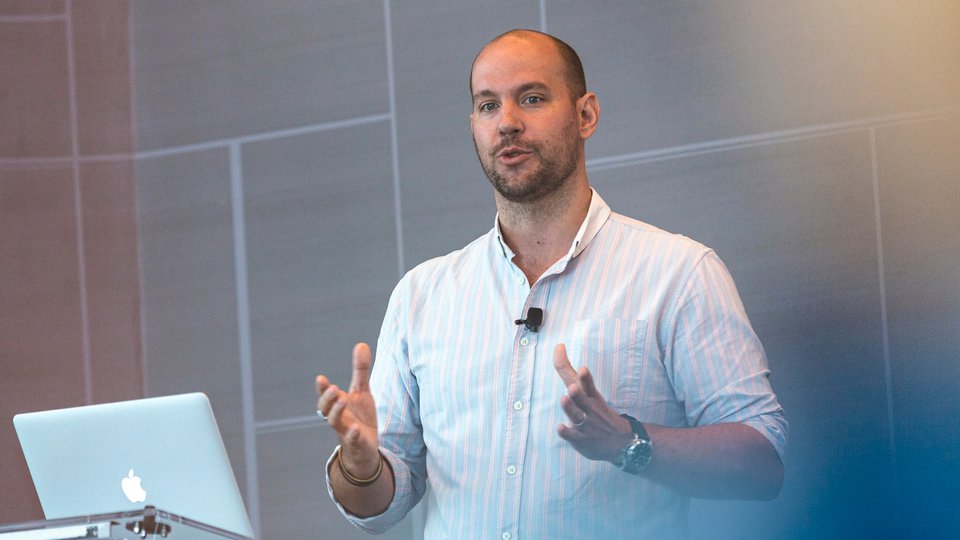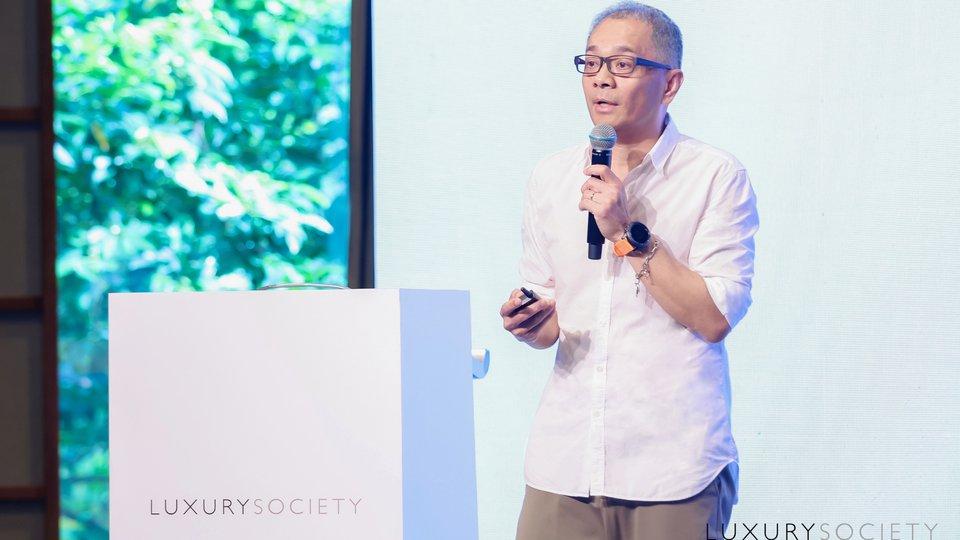Luxury brands need to find ways to adapt and integrate their globally-developed creative assets for use in different markets – especially China, says Pablo Mauron, Partner and Managing Director China at DLG.

Luxury brands need to find ways to adapt and integrate their globally-developed creative assets for use in different markets – especially China, says Pablo Mauron, Partner and Managing Director China at DLG.
What are the main challenges encountered by luxury brands in their efforts to harmonize global assets across campaigns?
I think the first challenge is an operational one. Due to the nature of the social media and e-commerce landscape in China, brands might end up working with many different digital partners. All of them need great content, but not all of them are good at creating or producing content. For instance, when you pick a social media agency, ability to create good content is typically the key consideration – but this is not really something you consider when it comes to picking a TP (Tmall Partner). Consequently, you cannot expect all your vendors to be good at creating content, and to be able to do so consistently. This is further compounded by the fact that all these different vendors tend to operate in a silo.
The harmonisation of global assets requires the organisation and streamlining of processes between HQ and teams at the market level. Naturally, HQ would be providing key assets and creative visuals – and then it’s down to teams at the market level to work with the right partners in localising and adapting content for the market. When it comes to identifying content and specific technical requirements, brands need to go one step further and make sure that all vendors are properly integrated in the process as well.
What do brands need to consider in creating better content experiences for Chinese customers?
I think it’s about finding the right balance between utilising global assets – staying as close as possible to them and maintaining consistency in terms of messaging and overall brand perception – and identifying what and how much needs to be localised.
In China, many digital agencies work with existing assets provided by brands. But at some point, additional content has to be created locally. Reasons for this range from brands being unable to produce additional assets due to time constraints, to global content solutions being unable to meet the specificities of the market and the expectations of users. However, is important to strike a balance between giving the market what it wants maintaining the brand’s positioning.
The fact is, certain consumer attributes are unique to China and this strongly impacts the content strategies taken by brands. For instance, China now has the world’s youngest pool of luxury consumers. It is also very influenced by streetwear culture. These developments sometimes challenge what brands propose at a global level, and make the content produced less relevant for the local market.
When it comes to content delivery and distribution, what do companies need to do to ensure their messages resonate with local audiences?
I think we need to look at the pace at which social media is moving here and the amount of content it requires. At the moment, the two main channels of online communication used by brands in the West is that of its official website and Instagram account. In China, however, the main platform used is WeChat, which carries completely different content requirements.
Sophisticated WeChat articles can contain up to a thousand words, and a dozen images, videos and motion graphic designs. This then creates a challenge in terms of content production and delivery. Brands need to think about how they can optimise their resources and work with the right partners so as to ensure that they take full advantage of the platform’s capabilities and not lose the opportunity to make an impact with a piece of content on WeChat. This is especially since most brands work with a Service Account, which only allows up to four content pushes a month. You don’t want to be wasting any of those pushes on a semi-bland piece of content that does not resonate with local audiences.
How can brands coordinate their digital asset management and content management systems between Chinese and global teams?
I think this depends on the brand culture. There are brands with creatives that are centralised at a global level – which tends to be the case with fashion brands that have highly involved creative directors – as well as brands that fully empower local teams in creating content. So I don’t think that there is a one-size-fits-all solution, but it is more about building the right type of organisation and processes around the way in which a brand operates.
There are many technical solutions that also exist to simplify content reviews and revisions in Chinese. At DLG, we adapt our way of working to the way our clients operate. We pay a lot of attention to aligning the content we create with our clients’ brand guidelines. Making sure that we are aligned on these guidelines gives our teams a clear frame and a clear scope within which they can be creative.
How can companies create a more agile response to the market with regards to their digital media assets and content?
I think the best way to be agile is to have the right local counterpart, whether it’s a team within the organisation, or external partners. It would be difficult for a brand to be agile if they are counting on someone in New York or Paris to directly interact with a platform based in Hangzhou, for instance.
Find out more about how brands can better integrate their international creative assets with local markets at the Luxury Society Keynote 2019 in Shanghai. Seats are going fast, so register for a spot here now! For more information and ticketing enquiries, please email [email protected].










